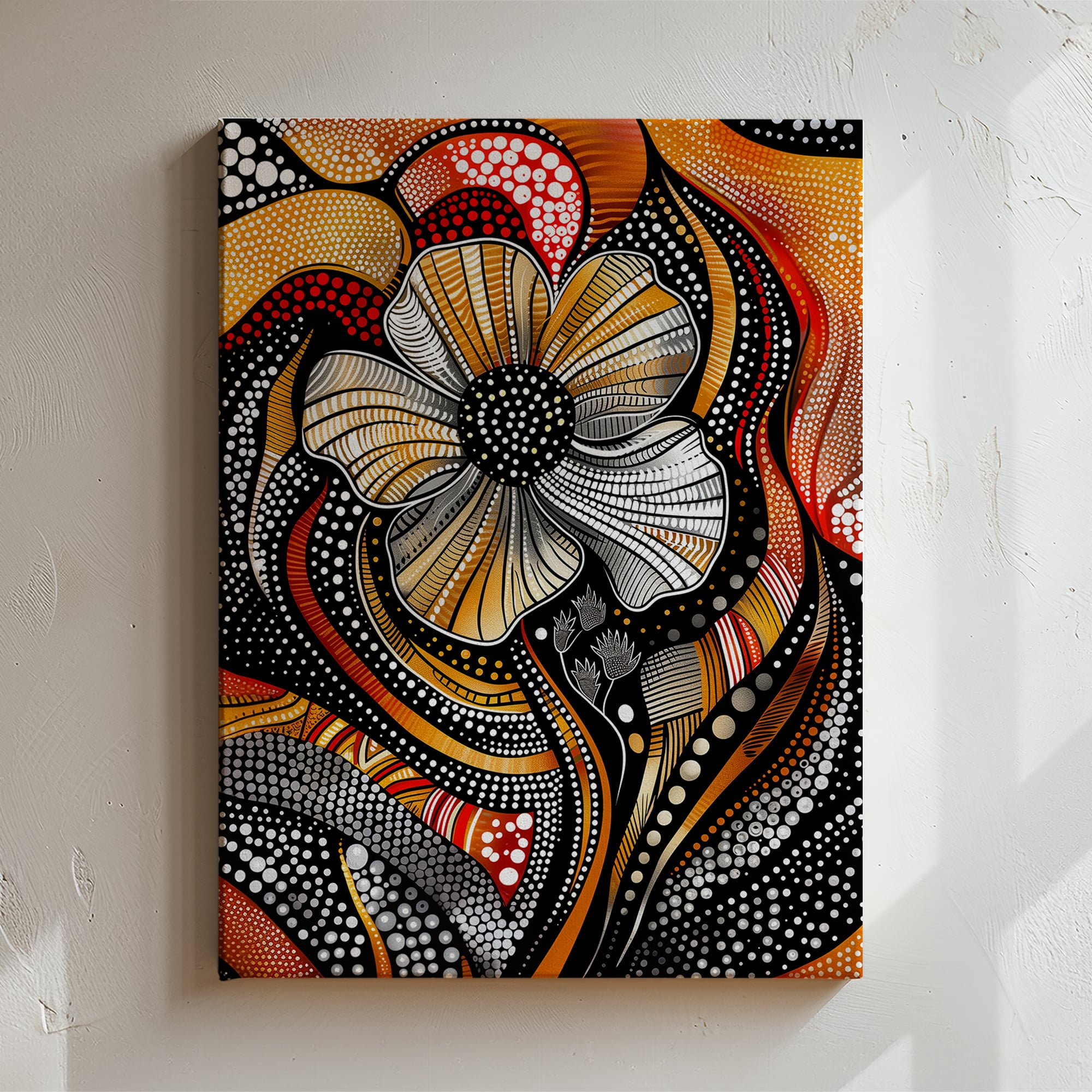
Australia’s Aboriginal art is one of the oldest continuous art traditions in the world, dating back at least 60,000 years. In recent decades, Aboriginal artists have gained international recognition for their unique contributions to the global art scene. Their works, deeply rooted in cultural and spiritual traditions, provide insights into the rich heritage of Australia’s First Nations peoples. Here are some of the top Aboriginal Australian artists you should know, whose art has both shaped and reflected the profound stories of their communities.
1. Emily Kame Kngwarreye (c. 1910–1996)
Emily Kame Kngwarreye is arguably one of the most influential Aboriginal artists in Australia. Born in the Utopia community in the Northern Territory, Emily began painting in her late seventies but quickly became one of the most significant figures in contemporary Australian art. Her works are known for their bold use of color and abstract forms, often inspired by her deep connection to the land. Emily’s paintings, such as her famous “Yam Dreaming” series, convey the intricate relationship between the physical and spiritual worlds, offering a glimpse into the Dreamtime stories of her people.
2. Albert Namatjira (1902–1959)
Albert Namatjira was one of the first Aboriginal artists to achieve widespread acclaim in Australia. Born in the Western Arrernte community in the Northern Territory, Namatjira is best known for his Western-style landscape paintings that beautifully capture the Australian outback. His works, characterized by their rich color palette and precise attention to detail, were revolutionary in their time, bridging the gap between Aboriginal and European art traditions. Namatjira’s legacy continues to influence artists today, and his work remains a vital part of Australia’s cultural history.
3. Rover Thomas (c. 1926–1998)
Rover Thomas was a key figure in the modern Aboriginal art movement, particularly known for his contributions to the East Kimberley school of painting. His artworks, often created on large-scale canvases, are recognized for their minimalist yet powerful use of ochre and natural pigments. Thomas’ paintings depict traditional stories and landscapes from the Kimberley region, with a focus on the spiritual significance of the land. His work gained international attention, and he was one of the first Aboriginal artists to represent Australia at the Venice Biennale in 1990.
4. Clifford Possum Tjapaltjarri (c. 1932–2002)
Clifford Possum Tjapaltjarri is another towering figure in Aboriginal art, known for his complex and detailed paintings that often incorporate intricate dot work. As a leading artist of the Papunya Tula movement, Clifford Possum played a crucial role in bringing Aboriginal art to a wider audience. His works depict Dreamtime stories and are filled with symbolic representations of the landscape, animal tracks, and spiritual journeys. Clifford Possum’s art not only showcases his extraordinary talent but also serves as a vital record of his people’s cultural heritage.
5. Gloria Petyarre (c. 1942–2021)
Gloria Petyarre was a celebrated artist from the Anmatyerre community in the Northern Territory, best known for her dynamic and energetic paintings that often feature abstract patterns inspired by the natural world. Her “Bush Medicine Leaves” series is particularly famous, symbolizing the medicinal leaves used by her people for healing purposes. Petyarre’s work is noted for its movement and flow, reflecting the rhythms of the land and the spiritual significance of natural elements. Her contributions to Aboriginal art have earned her widespread recognition, both in Australia and internationally.
6. Judy Napangardi Watson (c. 1925–2016)
Judy Napangardi Watson was a highly respected artist from the Warlpiri community, whose work is renowned for its vibrant use of color and intricate dot painting techniques. Her paintings often depict the landscapes and Dreamtime stories of her ancestral lands, with a focus on the role of women in her culture. Watson’s art is known for its energetic compositions and deep connection to traditional practices, making her one of the most important female figures in contemporary Aboriginal art.
7. Tommy Watson (c. 1935–2017)
Tommy Watson, also known as Yannima Pikarli Tommy Watson, was a senior Pitjantjatjara man and one of the most distinguished artists of the Western Desert art movement. His paintings are characterized by their vibrant colors and abstract depictions of the desert landscape. Watson’s work is deeply spiritual, often reflecting the sacred sites and stories of his homeland. His paintings have been exhibited internationally, and he is considered one of the most important contemporary Aboriginal artists.
8. Bronwyn Bancroft (b. 1958)
Bronwyn Bancroft is a prominent Aboriginal artist and designer from the Djanbun clan of the Bundjalung nation. Known for her bold and colorful works, Bancroft’s art spans various mediums, including painting, textile design, and children’s book illustration. Her work often explores themes of identity, cultural heritage, and social justice. Bancroft has made significant contributions to both the Aboriginal art scene and the broader Australian art world, advocating for the recognition and celebration of Indigenous culture through her art.
The artists mentioned above represent just a fraction of the incredible talent within the Aboriginal art community. Their works offer profound insights into the spiritual, cultural, and historical dimensions of Australia’s First Nations peoples. By exploring their art, we not only appreciate their exceptional creativity but also gain a deeper understanding of the rich tapestry of stories, traditions, and spiritual beliefs that continue to shape Aboriginal culture today. Whether through traditional or contemporary expressions, these artists have left an indelible mark on the world of art, ensuring that their cultural heritage is celebrated and preserved for future generations.





